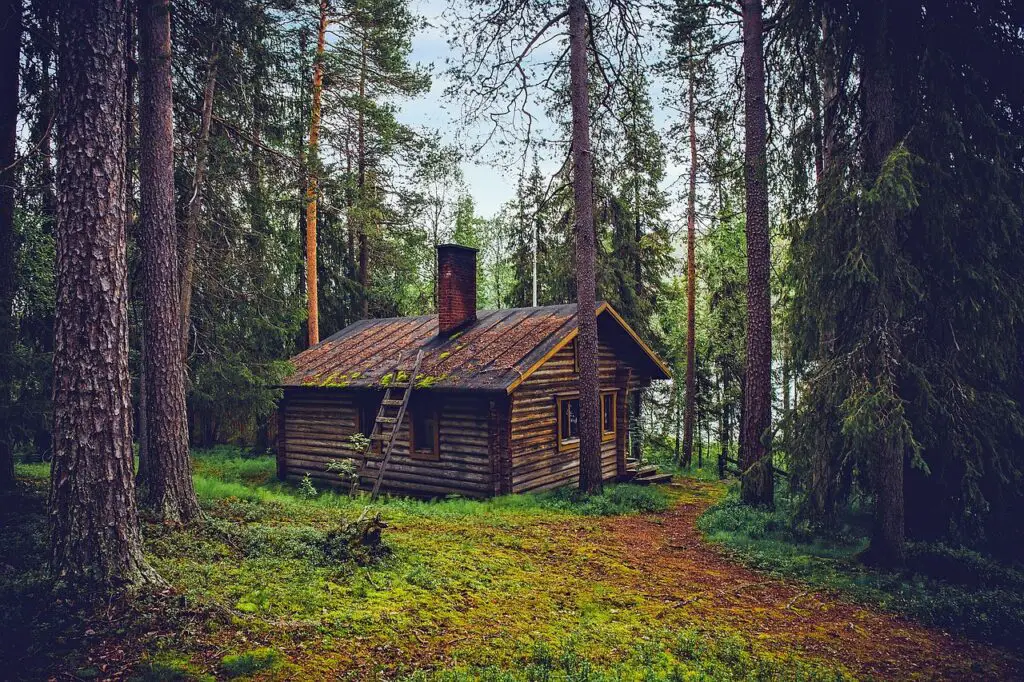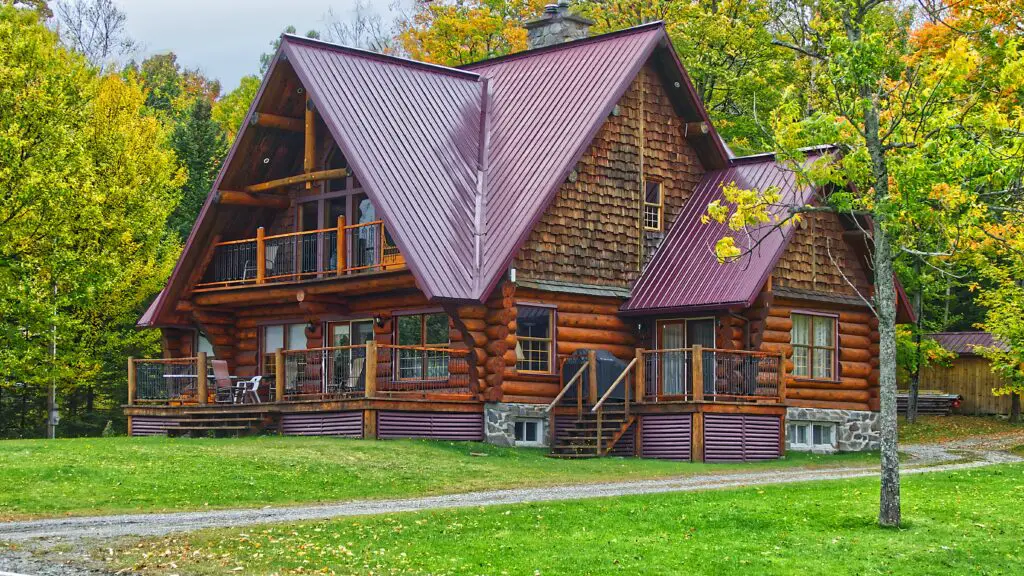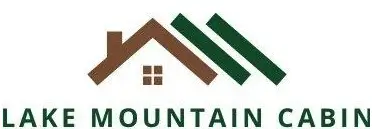You’re about to embark on a fascinating journey through the history of log cabins in the United States.
These humble structures have played a significant role in shaping American culture and heritage, and their story is one of survival, determination, and a pioneering spirit.
Let’s delve into the origins of log cabins, their impact on the nation, and their enduring appeal in the modern world.

Early Origins and European Influences
The story of log cabins in the United States begins with their origins in Europe.
As you may know, log cabin construction techniques originated in Scandinavia, Germany, and the British Isles. When European settlers arrived in the New World, they brought with them these tried-and-true building methods, which they adapted to suit the unique challenges of their new environment.
Scandinavian Influence
The Scandinavian settlers, hailing from countries like Sweden, Norway, and Finland, were well-acquainted with the art of log cabin construction. In their homelands, they had perfected techniques for building sturdy and energy-efficient cabins using the abundant forests at their disposal.
Upon arriving in North America, they introduced these methods to their fellow settlers, helping to lay the foundation for the log cabin tradition in the United States.
Side note: The Danish concept of “hygge” is an enduring interior design characteristic that’s highly visible in modern American log cabins.
German Influence
Like their Scandinavian counterparts, German immigrants also played a vital role in shaping American log cabin designs. Germany has a rich history of timber framing and log construction, and these skilled craftsmen brought their expertise with them when they crossed the Atlantic.
The influence of German immigrants can be seen in the various styles and techniques used in American log cabin construction, including the distinctive “V” notching method.
Here’s an example of the classic German “V” notching method in action:
Log Cabins in Colonial America
In the early days of the American colonies, log cabins were more than just quaint structures — they were a lifeline for survival.
As settlers spread across the vast, uncharted wilderness, they needed sturdy, reliable shelter to protect them from the elements and provide a safe haven for their families. Log cabins became the go-to solution.
That’s thanks in large part to their simplicity, durability, and the abundance of raw materials needed to build them.
Prominent examples of early log cabin settlements include
- Jamestown, Virginia
- Plymouth, Massachusetts
- The Pennsylvania Colony (founded by William Penn)
Each of these settlements played a crucial role in the growth and development of the American colonies and helped to establish the log cabin as a cornerstone of frontier life.
Log Cabins and the Frontier Spirit
There’s a deep connection between log cabins and the American frontier.
As settlers pushed westward, they encountered untamed wilderness and unimaginable hardships. Log cabins, with their simple construction and rugged durability, became a symbol of the determination and self-reliance needed to tame the wild frontier.
These humble structures served as a constant reminder of the resilience and resourcefulness that would come to define the American spirit.
Log Cabins in the 19th Century
The 19th Century saw the expansion and growth of log cabin construction across the United States.
As the country expanded westward, log cabins continued to be the preferred choice for settlers establishing new communities in the vast and often inhospitable lands of the West. In many ways, the story of log cabins is the story of the American West itself — a tale of exploration, adventure, and a relentless pursuit of the American dream.
Many famous figures in American history made their homes in log cabins. Abraham Lincoln, for example, was born in a modest log cabin in Kentucky and spent his formative years in similar structures in Indiana and Illinois.

Davy Crockett, the legendary frontiersman and politician, was also known for his affinity for log cabins. These individuals, among others, helped to cement the log cabin’s status as an iconic symbol of American history and culture.
The impact of log cabins extended beyond the lives of everyday Americans and reached into the realm of politics. In the early to mid-19th Century, the log cabin became a powerful political symbol, representing the ideal of the self-made man who had risen from humble beginnings to achieve greatness.
The Log Cabin Campaign of 1840
One of the most famous examples of the log cabin’s role in American politics is the 1840 presidential campaign. William Henry Harrison, the Whig Party candidate, embraced the log cabin as a symbol of his own humble origins and his connection to the common man.
Harrison’s campaign strategy focused on portraying him as a rugged frontiersman who had overcome adversity to achieve success.
Harrison’s “Log Cabin Campaign” was a massive success, and he ultimately won the presidency. The campaign’s emphasis on the log cabin helped to solidify its status as an emblem of the American dream and a symbol of the nation’s pioneering spirit.
To this day, the Log Cabin Campaign remains a fascinating and influential chapter in American political history.
The Decline and Revival of Log Cabins in the 20th Century
As the 20th Century dawned, log cabin construction began to wane. The rise of modern construction techniques and materials, coupled with a shift in architectural tastes, led to a decline in the popularity of log cabins.
The once-ubiquitous log cabin was increasingly seen as a relic of a bygone era, and many Americans turned their attention to newer, more contemporary styles of housing.
However, the story of the log cabin was far from over.
In the mid-20th Century, a resurgence of interest in log cabins took hold, driven in part by nostalgia and a desire to reconnect with America’s rustic roots. Historical preservation efforts, championed by organizations like the National Park Service, helped to ensure that the legacy of the log cabin would endure for future generations.
Log Cabins as Vacation Homes and Retreats
One of the most significant factors in the 20th-Century revival of log cabins was their emergence as popular vacation homes and retreats.
Many Americans, eager to escape the hustle and bustle of modern life, began to seek out log cabins as a means of enjoying a more relaxed, nature-oriented lifestyle.
This trend led to a boom in the log cabin rental and tourism industry, with countless Americans flocking to these rustic getaways to experience a taste of the simpler life.

Modern Log Cabin Construction and Innovations
Today, log cabin construction is alive and well, thanks in part to advances in building techniques and materials.
Engineered logs, for example, provide a more uniform and stable building material, while modern insulation and energy-efficient features help to make log cabins more comfortable and environmentally friendly than ever before.
Contemporary log cabin designs often combine traditional aesthetics with modern amenities, resulting in unique and stylish structures that cater to a wide range of tastes.
These innovative designs ensure that log cabins will continue to hold a special place in the hearts of Americans for generations to come.
Preserving the Legacy of Log Cabins in the United States
The preservation of historic log cabins is an important aspect of maintaining America’s cultural heritage.
Numerous organizations, both public and private, have dedicated themselves to the task of preserving and restoring these treasured structures. Examples of preserved historic log cabins can be found across the country, serving as tangible reminders of America’s rich and storied past.
The future of log cabins in the United States is bright, with their enduring appeal and timeless charm ensuring their continued popularity among homeowners, vacationers, and history buffs alike.
As we look forward to the years ahead, it’s clear that the log cabin will continue to hold a special place in the American landscape, standing as a symbol of the nation’s pioneering spirit, rugged determination, and love of the great outdoors.
FAQs: Log Cabin History in the US
When and where were the first log cabins built in the United States?
The first log cabins in the United States were built by European settlers in the early 17th Century. Scandinavian and German immigrants, in particular, brought their log cabin construction techniques with them when they arrived in the New World.
Some of the earliest log cabin settlements include Jamestown, Virginia; Plymouth, Massachusetts; and the Pennsylvania Colony.
What is the significance of the 1840 ‘Log Cabin Campaign’?
The 1840 “Log Cabin Campaign” was a presidential campaign in which Whig Party candidate William Henry Harrison used the log cabin as a symbol of his humble origins and his connection to the common man.
The campaign successfully portrayed Harrison as a rugged frontiersman who had overcome adversity. He ultimately won the presidency. The Log Cabin Campaign solidified the log cabin’s status as a symbol of the American dream and the nation’s pioneering spirit.
Why did log cabins decline in popularity in the early 20th Century?
The decline in popularity of log cabins during the early 20th Century was due to several factors, including the rise of modern construction techniques and materials, as well as a shift in architectural tastes.
As Americans turned their attention to more contemporary styles of housing, log cabins were increasingly viewed as relics of the past.
How did log cabins become popular vacation homes and retreats?
In the mid-20th Century, log cabins experienced a resurgence in popularity as vacation homes and retreats. Many Americans sought to escape the fast-paced modern world and reconnect with nature by staying in log cabins.
This trend led to a boom in the log cabin rental and tourism industry, as people flocked to these rustic getaways for relaxation and a taste of simpler times.
What modern innovations have been introduced to log cabin construction?
Modern log cabin construction has benefited from several innovations, including the use of engineered logs, which provide a more uniform and stable building material.
Also, modern insulation and energy-efficient features have been integrated into log cabin designs, making them more comfortable and environmentally friendly than ever before.
How are historic log cabins being preserved in the United States?
Historic log cabins are preserved through the efforts of various organizations, both public and private, dedicated to maintaining and restoring these structures.
The National Park Service, for example, has played a significant role in preserving log cabins within the United States.
What is the future of log cabins in the United States?
The future of log cabins in the United States looks bright, with their enduring appeal and timeless charm ensuring their continued popularity among homeowners, vacationers, and history enthusiasts.
As contemporary log cabin designs continue to evolve and incorporate modern amenities, these structures will remain an important part of the American landscape and a symbol of the nation’s pioneering spirit and rugged determination.
Final Thoughts: History of US Log Cabins
As you can see, the history of log cabins in the United States is a rich and captivating tale that spans centuries and has left an indelible mark on the nation’s identity.
From their humble beginnings as a means of survival for early settlers to their current status as beloved vacation homes and symbols of American heritage, log cabins have played a crucial role in shaping the country we know today.
As a log cabin enthusiast, you’re part of this ongoing legacy. The passion and appreciation you have for these charming and historic structures help to ensure that their story will continue to be told and cherished for generations to come.
So, as you sit by the fire in your own cozy log cabin, take a moment to reflect on the incredible journey that these simple yet enduring structures have taken and the countless lives they’ve touched along the way.
